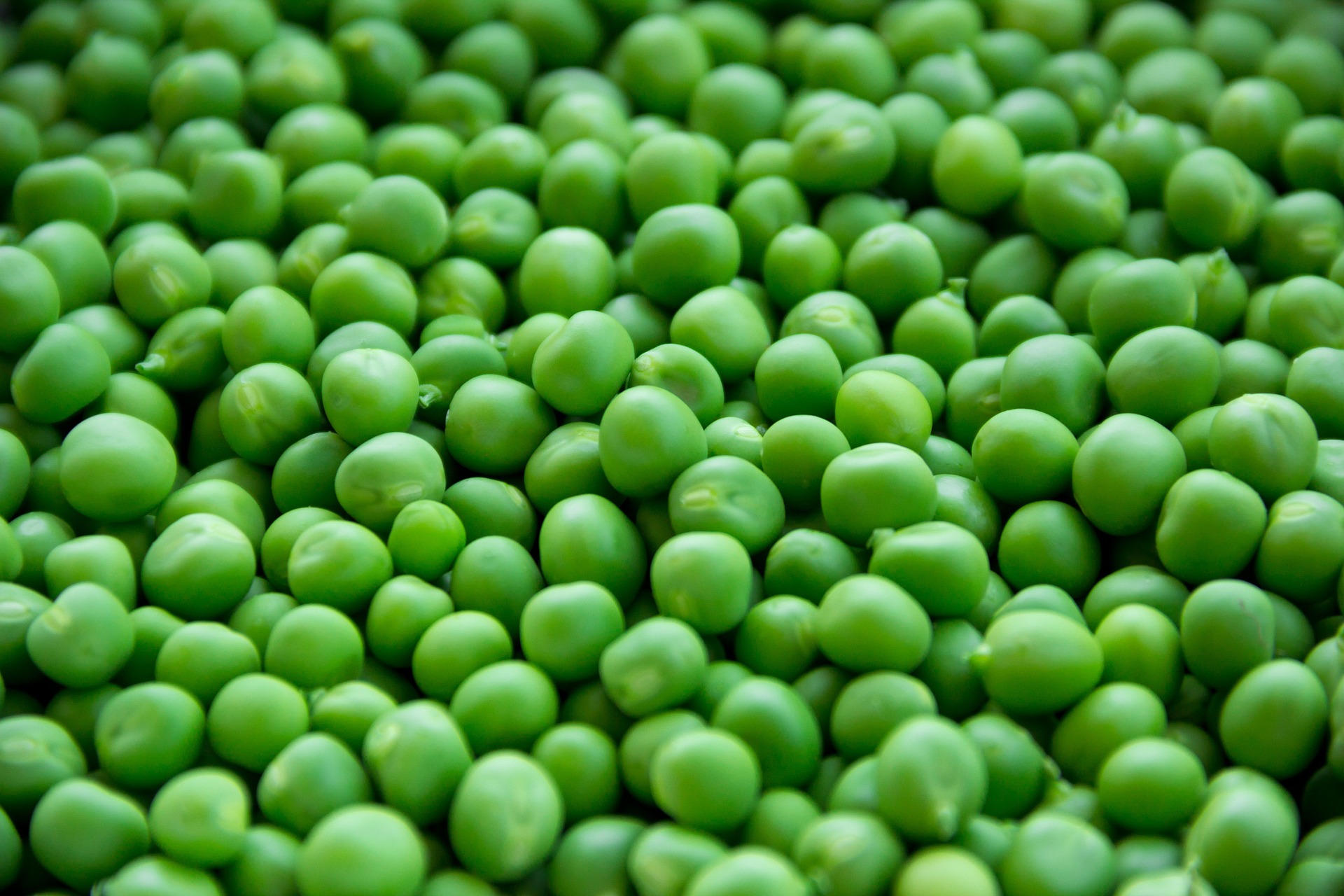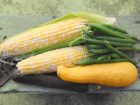Peas are one of the first vegetables to harvest in the spring, are super easy to grow, and are most delicious fresh off the vine. Here are some of the main considerations and requirements for growing this garden staple:
Varieties: There are 3 main type of edible peas (not including split peas, lentils, or cow peas). English Peas are grown for the sweet plump peas inside the pod (these are also commonly referred to as Garden Peas). Snap peas are also commonly referred to as Sugarsnap peas. These are a round pod pea, all of which is eaten. Snow peas are a flatter type of pod, like snap peas, the whole pod is eaten.
When to plant: Peas can be planted as soon as the soil can be worked in the spring. They usually like the temperature of the soil to be around 45-60 degrees, so it’s best to plant them when daytime temps are around 50 degrees or more in the spring. One old time saying is to plant peas when the forsythia are in bloom. In cooler climates a mid summer planting can also be done for a fall harvest, and in warmer climates a fall planting can be done for early winter harvest.
Germination: Most varieties will germinate in coolish (not cold!), moist soil conditions in 3-5 days. If you plant your peas in cold soil it can take a week or two before they pop up. For faster germination, you can soak peas in a moist paper towel or cloth for 24 hours or so until they begin to swell. Take care and be gentle with the peas at this point because the germination process is under way and rough handling can damage the baby pea.
Inoculation: Rhizobia are soil bacteria that fix nitrogen (diazotrophs) after becoming established inside root nodules of legumes. You definitely don’t have to inoculate your peas to get a decent harvest. However many folks do and it has been shown to increase plant vitality, yield, and nitrogen fixation. To inoculate the peas, place some rhizobia inoculate in a plastic bag, place the peas in a container of water for a few minutes then put them in the bag of inoculate. Close the top and give it a good toss. Ready to plant.
Spacing: For dwarf bush varieties, plant peas 1 inch deep and 2 inches apart in rows 8 to 12 inches. If you’re planting multiple rows of tall plants against trellises, leave 3 feet between the trellises for walkways. Plant raised beds in double rows, 6 inches apart, with a support structure or trellis in the middle. Allow 24 to 30 inches between double rows of seeds.
Soil Requirements: Peas like a loose, well drained, but moist soil. They grow very well in raised beds and containers. In areas that are hot and dry, a trench can be dug on either side of the pea row, which will collect rain and help keep the ground moist.
Cultivation: Peas have a fairly shallow root system and don’t compete well with weeds, especially when they first emerge. The best way to keep weeds down, keep moisture in the soil and also build soil fertility is to mulch around the pea plants after they are a couple of inches tall. You can add a layer of straw or compost for best results.
Trellising: Most varieties of peas appreciate a little support for their vines to grow up and on. It can be something simple like some sticks stuck in the ground or a more permanent structure. You can use tomato cages, chicken wire, strings, or an old bed frame. Here’s a bunch of ideas for pea trellises.
Companions: Beans, Carrots. Celery, Corn, Cucumbers, Eggplant, Peppers, Radishes, Spinach, Tomatoes, and Turnips. Less compatible plants include alliums (onions and garlic).
Days to harvest: Most varieties are around 60 days until harvest. Some of the tall vining ones (Alderman Tall Telephone) may be up to 75 days and some of the dwarf bush varieties (Sugar Anne) are around 55. The new shoots can be eaten throughout the growing season.
Harvest: For all varieties of peas, check your vines every other day for harvesting. It is amazing how fast they can grow and how easy they are to miss. Snow peas are harvested when the pods are still relatively small and the peas inside are undeveloped. Snap peas are harvested when they are nice and round but the peas inside are still undeveloped. English peas are harvested when the shell is very full and round but before the pod starts to wrinkle and turn yellowish. If you wait to long and discover some overly mature pods, let them dry and save the seed for next year!
To find people growing peas in your neck of the woods, check out Pick-A-Pepper!
Similar Stories:
- Seeds to start now for spring planting
- 12 Vegetables that will Grow VERY FAST in your Garden
- 15 Vegetable Crops To Start Planting for Fall
- How To Grow Stevia and Make Your Own Extract
- Growing Figs In a Temperate Climate




